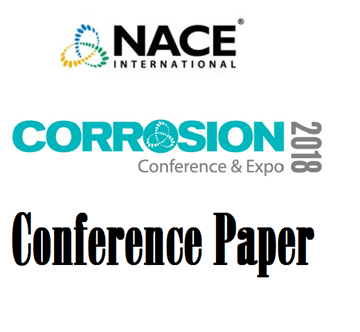Precipitation-hardened nickel alloys (PHNAs), such as UNS N07718, are commonly used in oil and gas
subsea service for components such as bolts, fasteners and gaskets, which require high strength and
corrosion resistance. Numerous subsea failures of these materials have been attributed to hydrogen
embrittlement (HE) caused by hydrogen evolved by cathodic protection (CP) systems, and in the
presence of geometrical design features, i.e. grooves, notches, threads etc. acting as stress raisers, and
sometimes a compromised microstructure associated with inappropriately controlled alloy manufacturing
processes. Although the coexistence of a susceptible microstructure, sufficiently high stress and
hydrogen content is deemed necessary for cracking to occur, the significance of those parameters and
their complex interrelationship is not understood. The lack of such understanding calls into question the
relevance of the widely-used test methodologies for designing and assessing with PHNAs, as it is not
established what combination of parameters is of highest significance to be monitored and measured.
In previous work, the co-authors and other researchers have extensively used slow strain rate tensile
(SSRT) testing of plain-sided (un-notched) specimens, primarily as a qualitative screening method, to
rank the HE resistance of various alloys in different microstructural conditions. In some cases, attempts
have been made to use the test and its results to obtain a quantitative insight into the cracking sequences
and stress/strain thresholds. Whilst the majority of the test outputs have inherently been qualitative,
observations of slip bands on the brittle fracture surfaces of SSRT test specimens suggest the
mechanism of HE is associated with a degree of plastic strain and strain localization prior to crack
initiation. Given the significance of such a strain threshold, and the observation that most failures occur
at stress concentrators, this study explores the role of stress raisers on the resistance of UNS N07718 to
HE, using notches with different stress concentration factors (SCFs) introduced into the test specimens.
SSRT testing and incremental step load (ISL) testing were combined with finite element (FE) modelling
to investigate the usefulness of each approach in terms of providing a robust, quantitative assessment
and design criterion for HE resistance, based on a hypothesized threshold of critical strain localization to
activate HE crack initiation in PHNAs.


